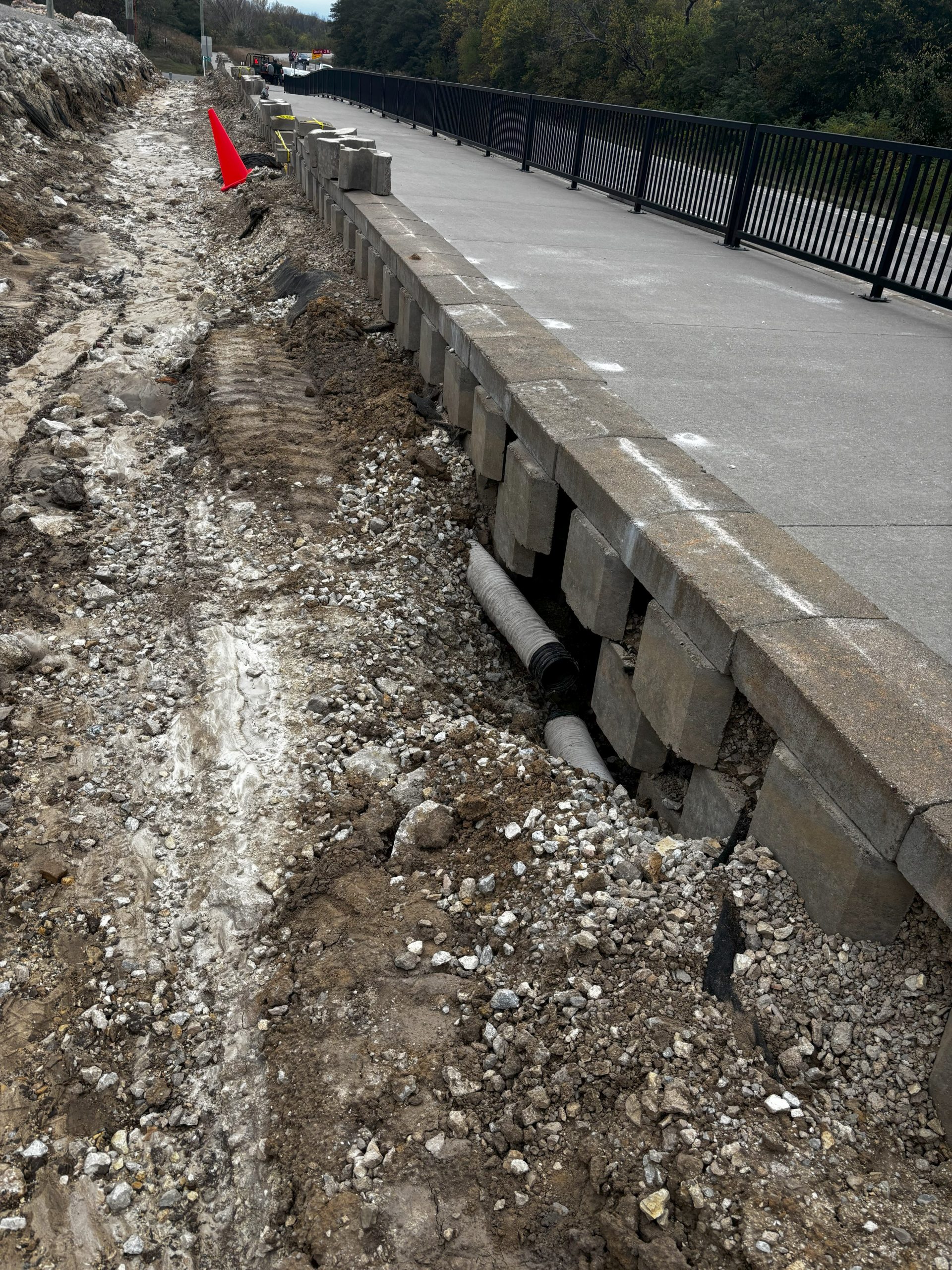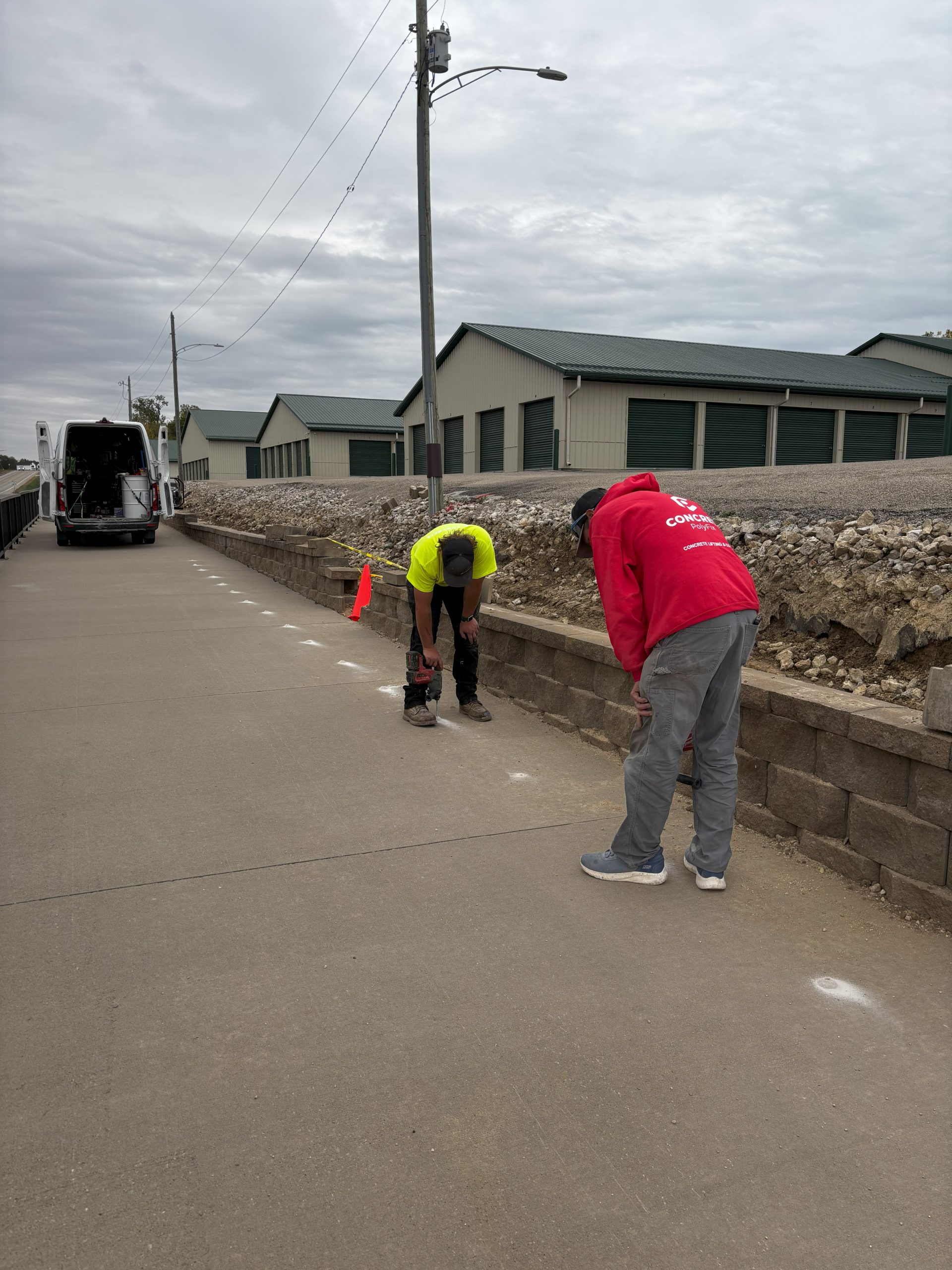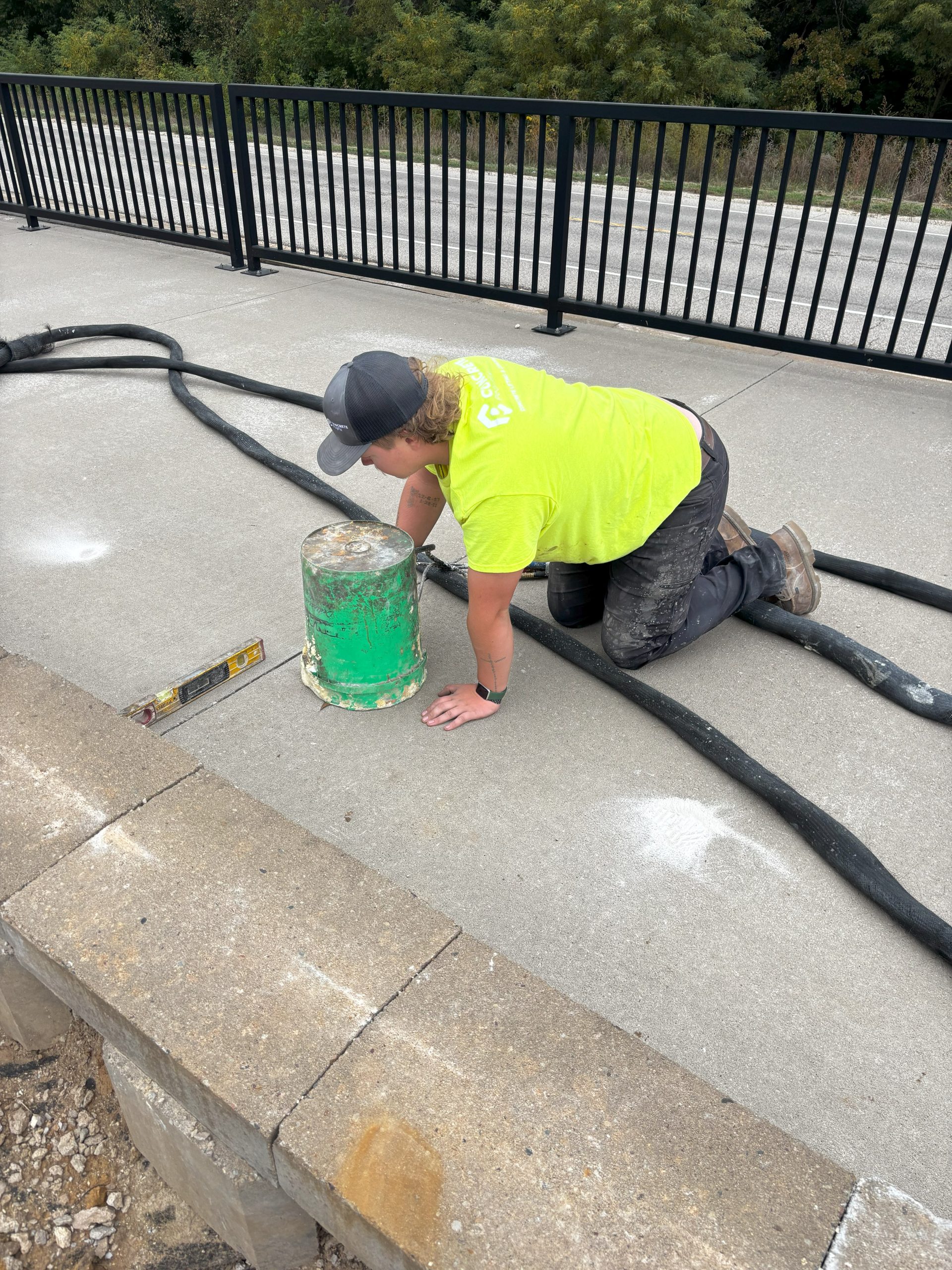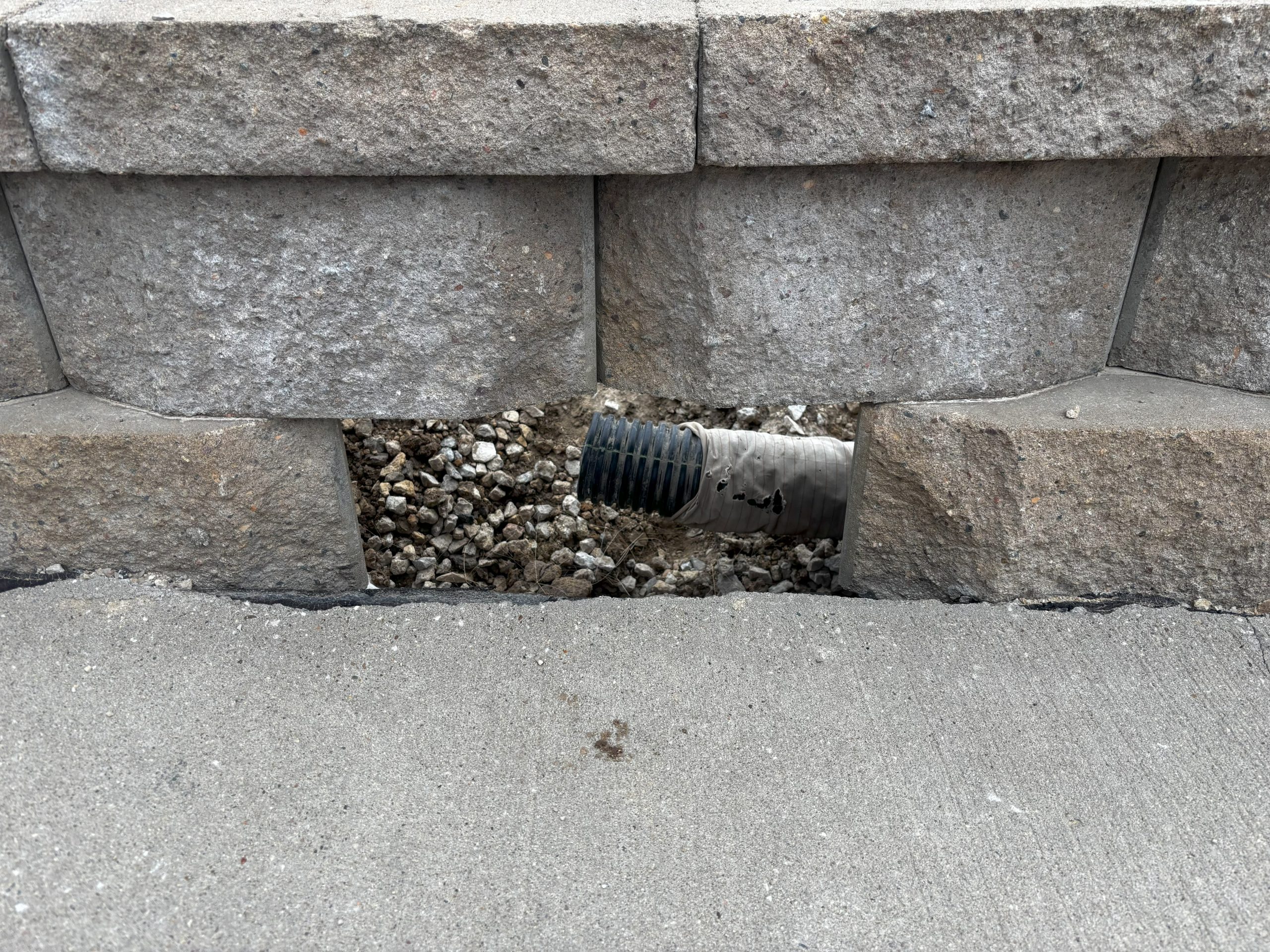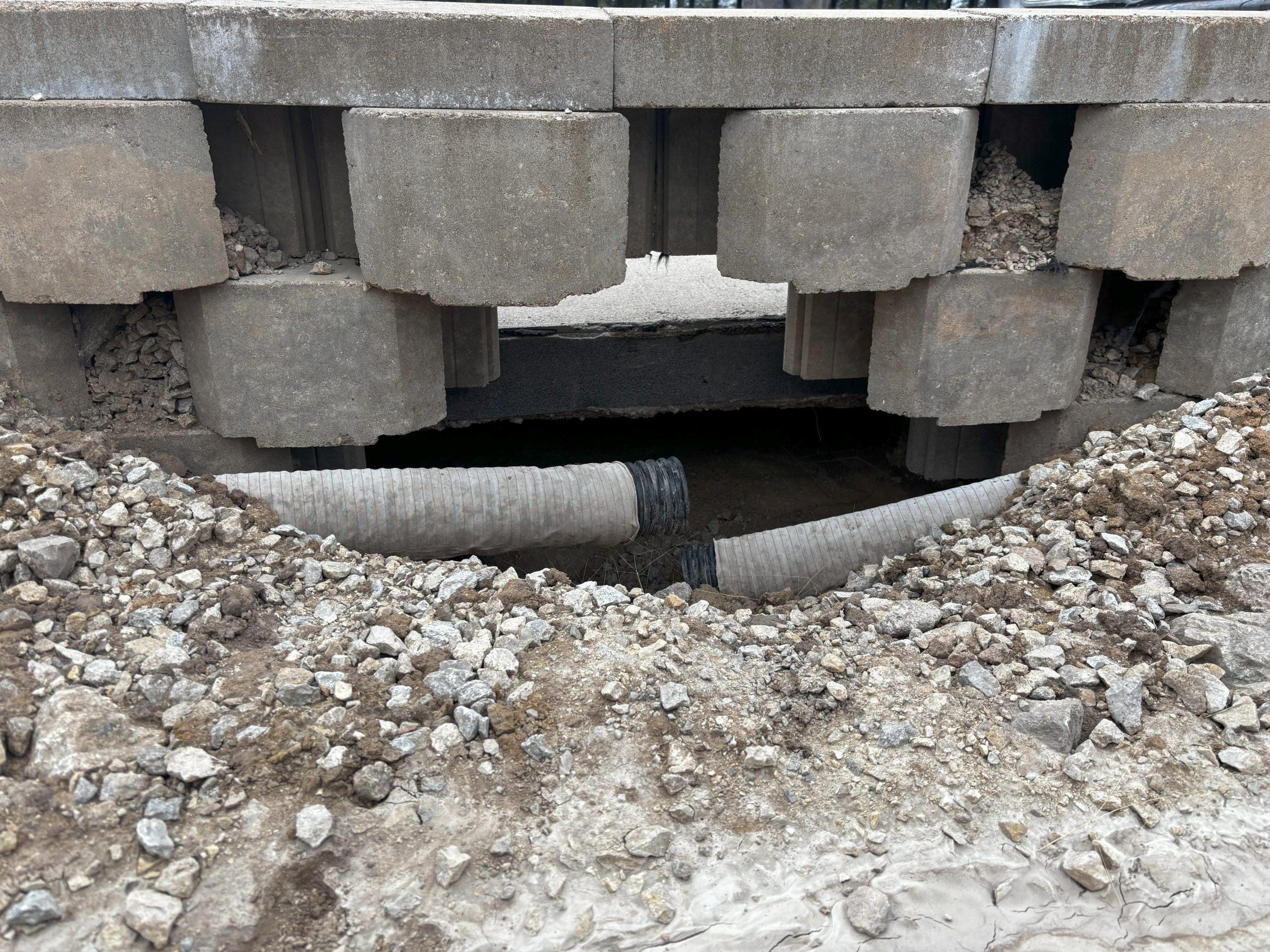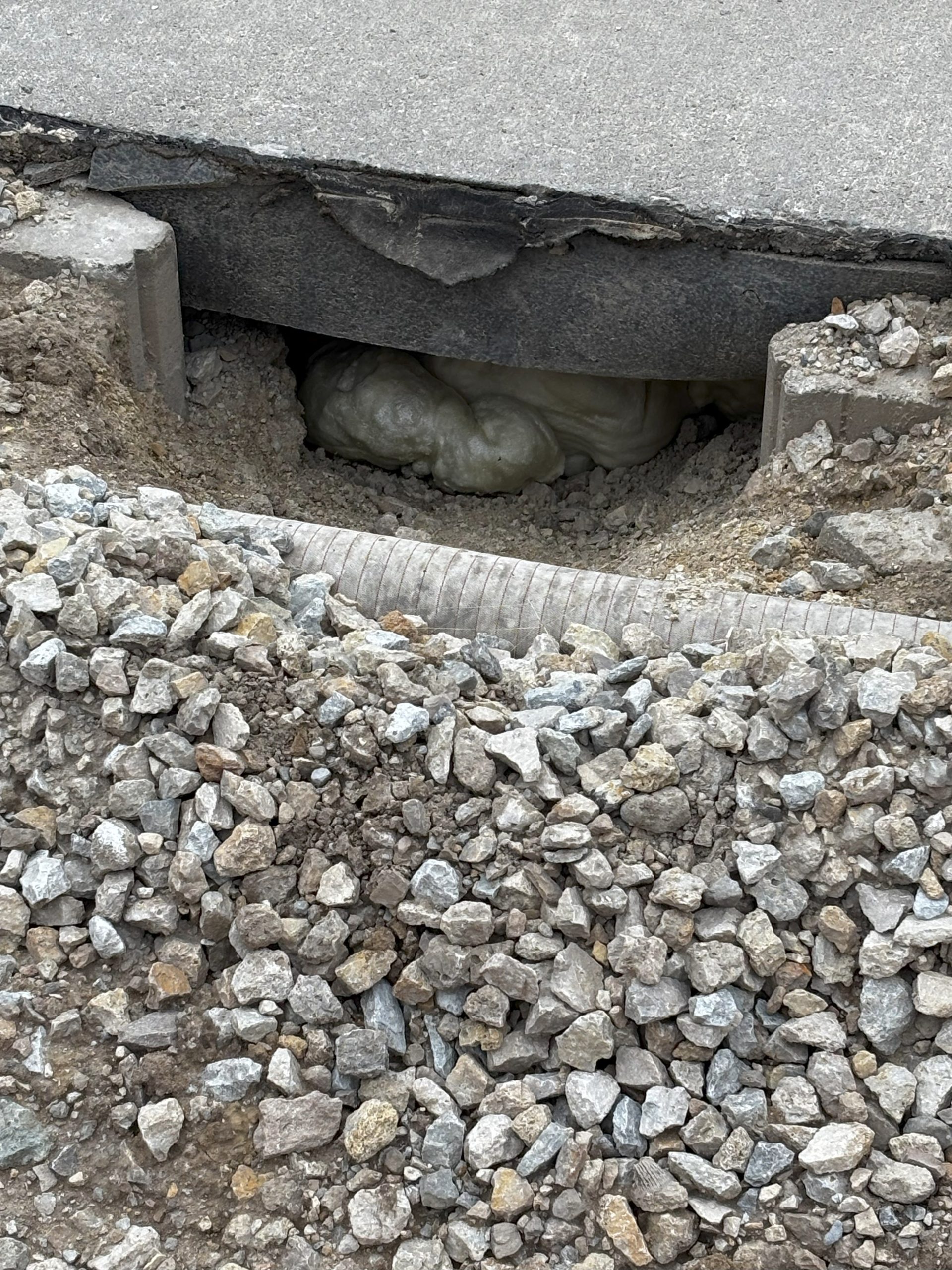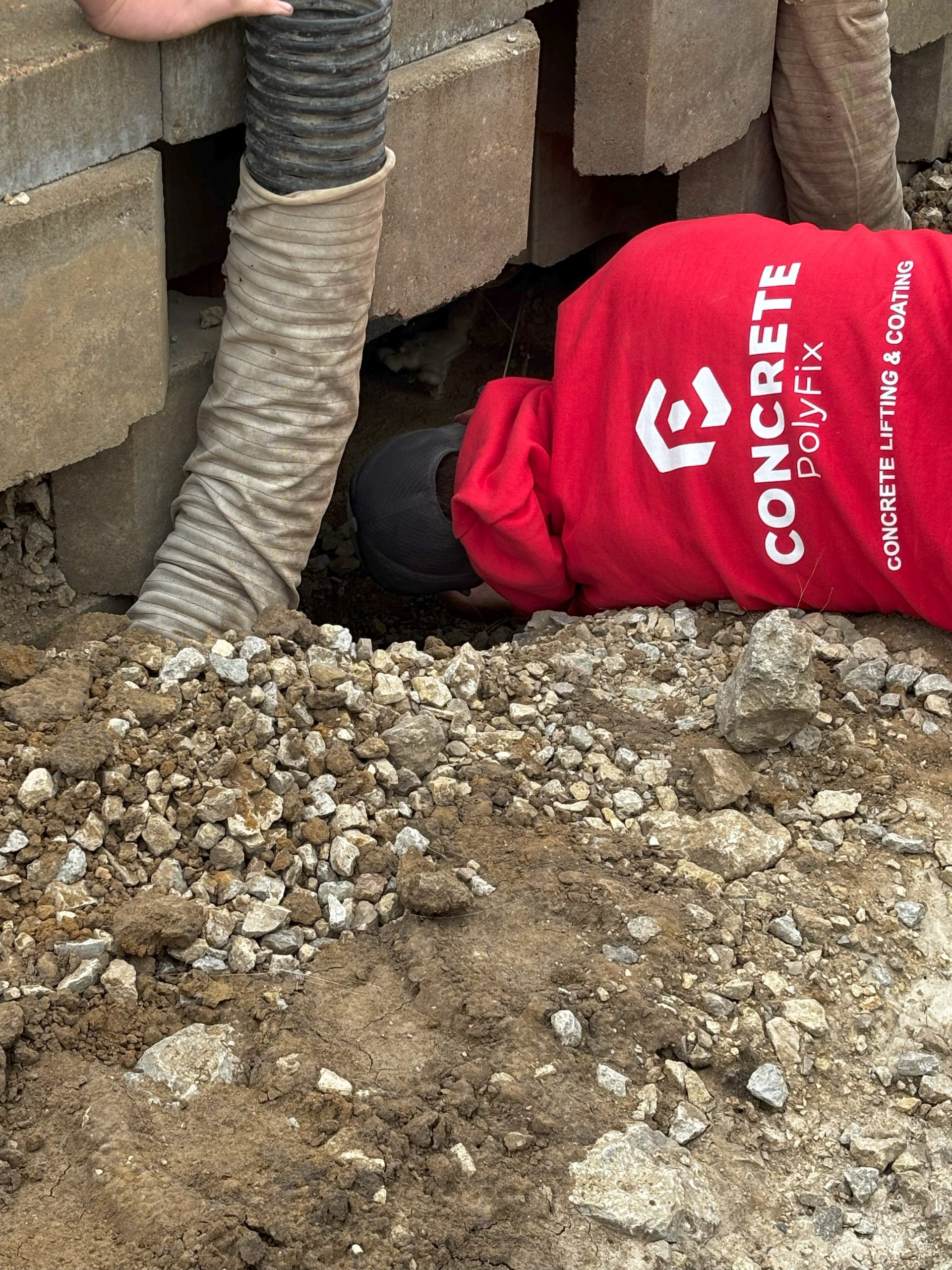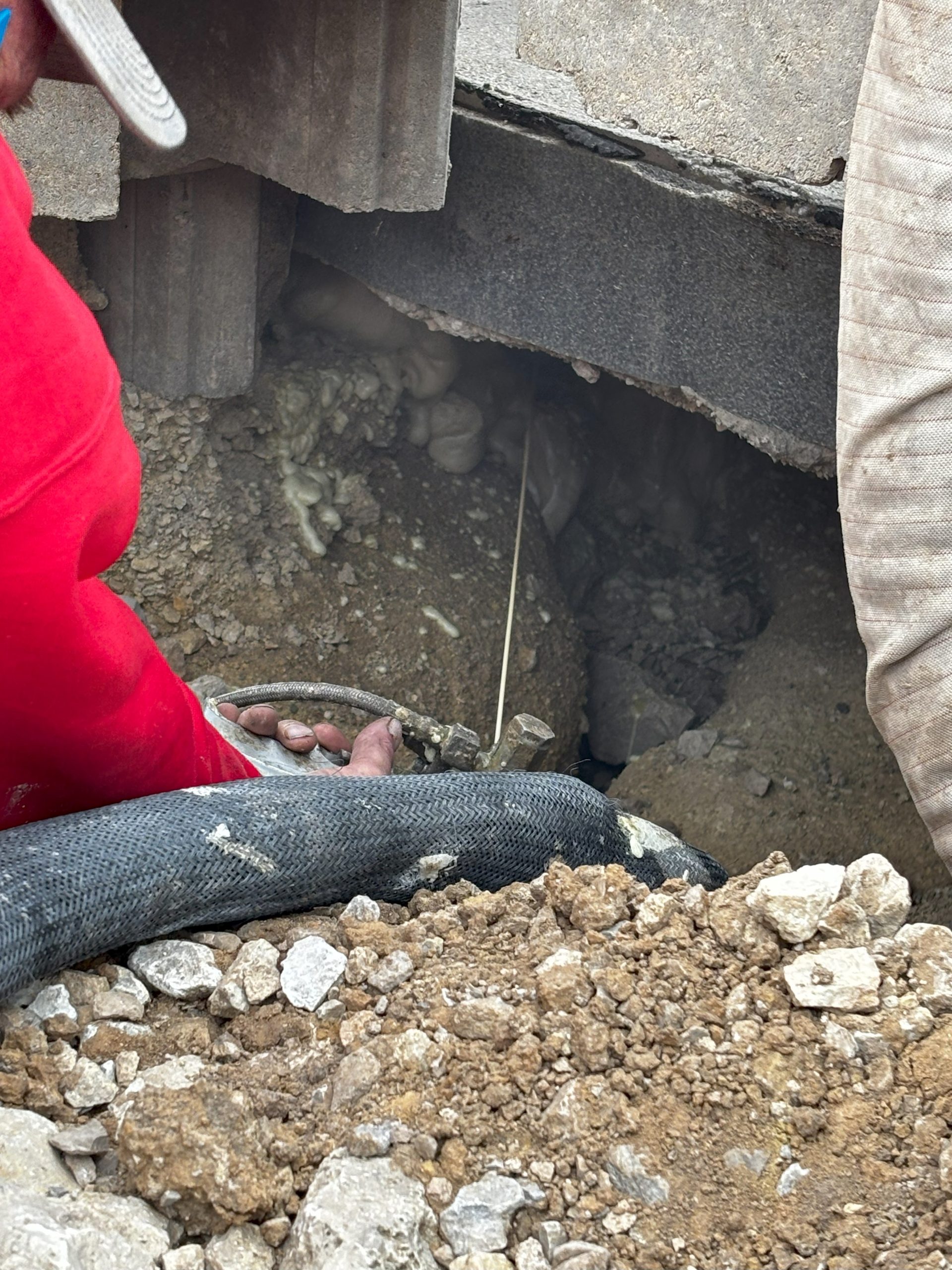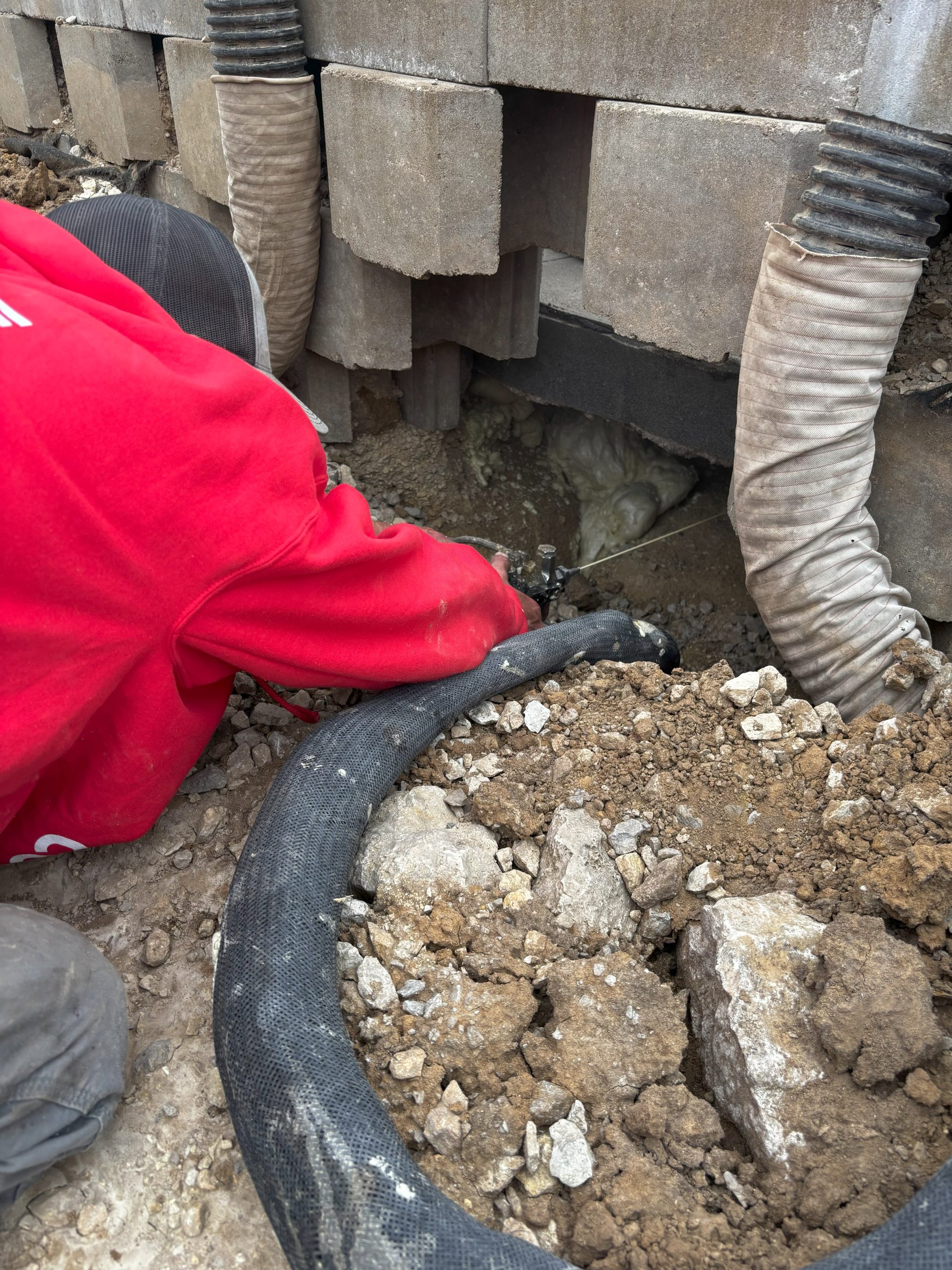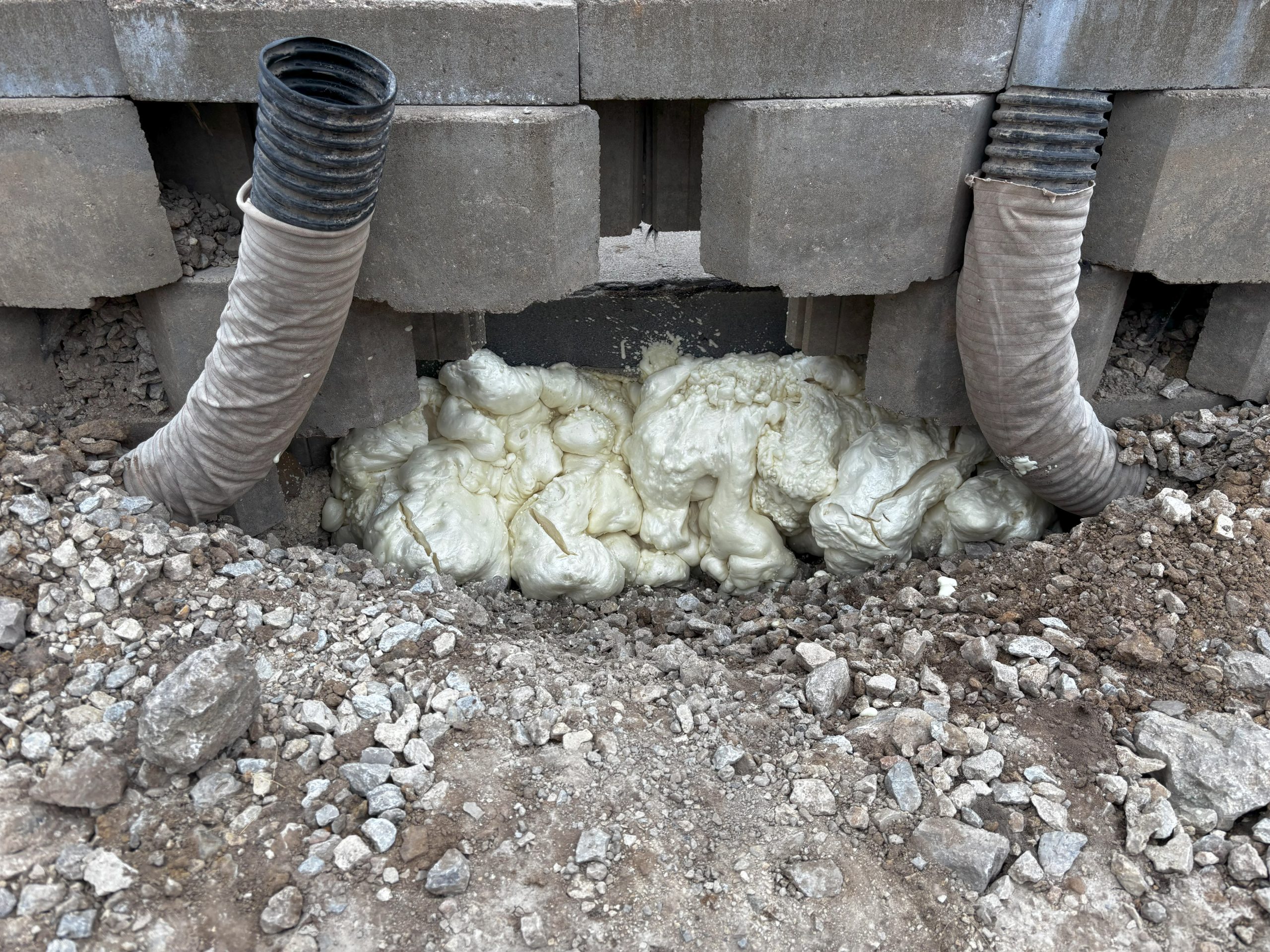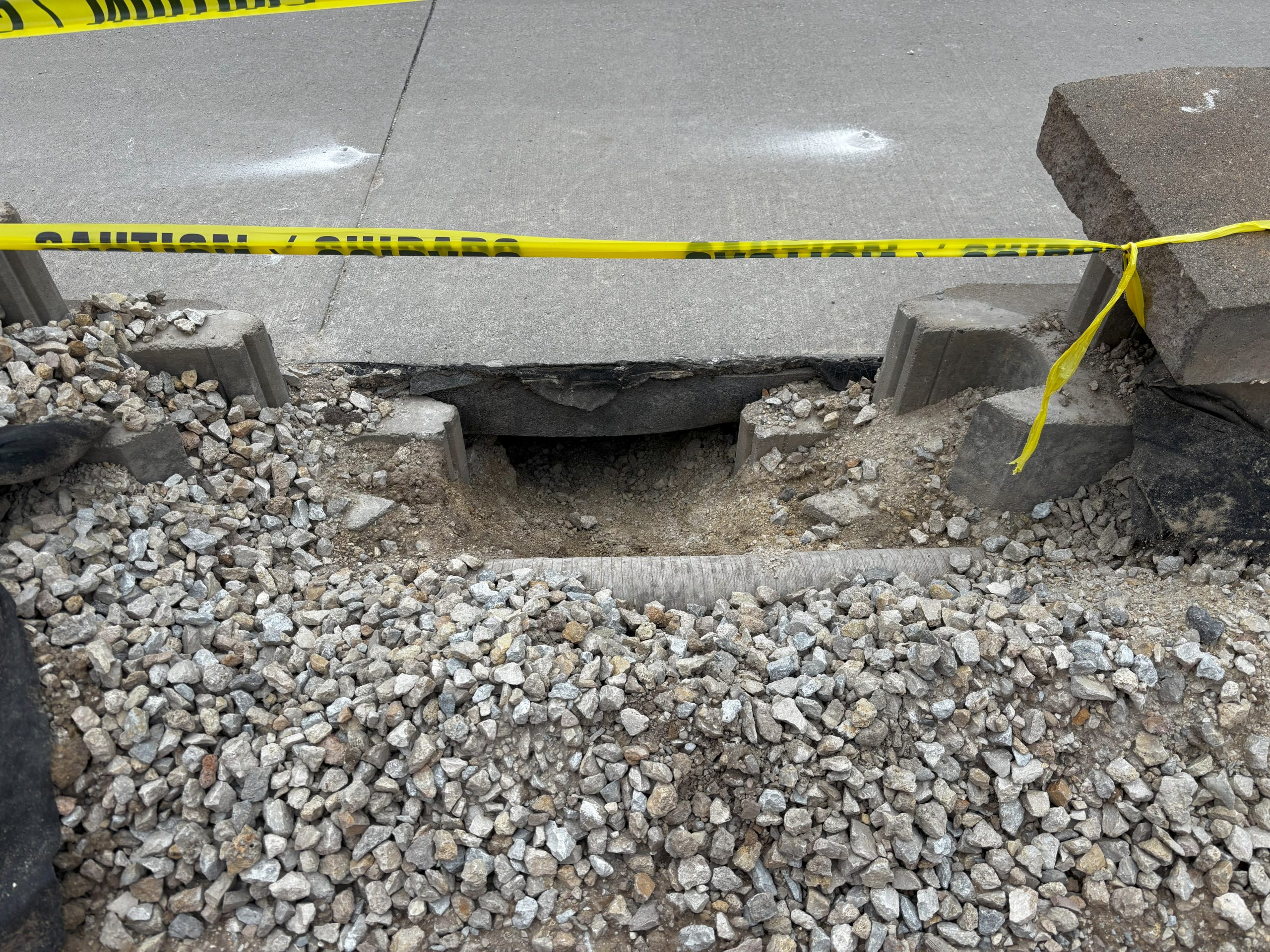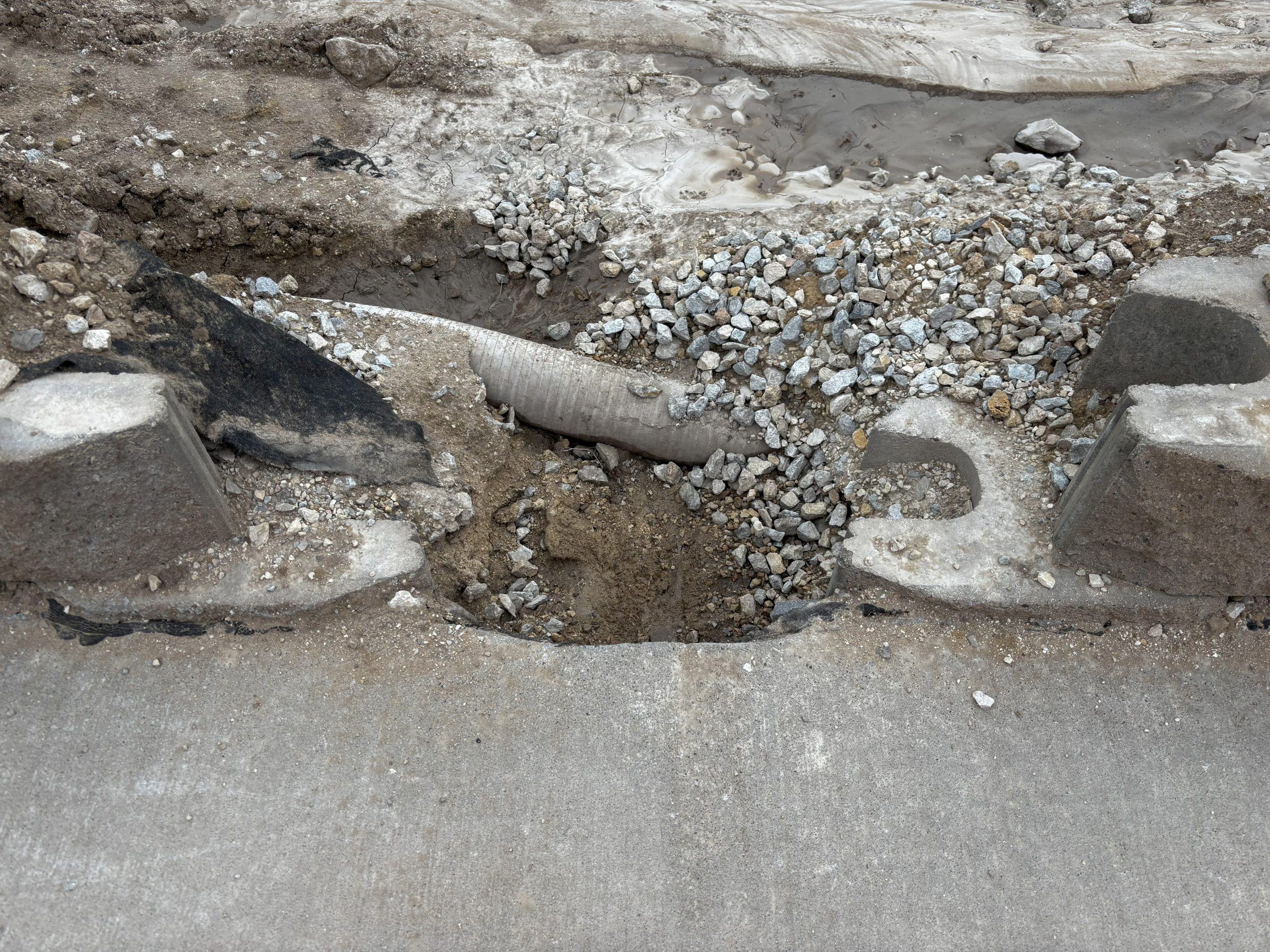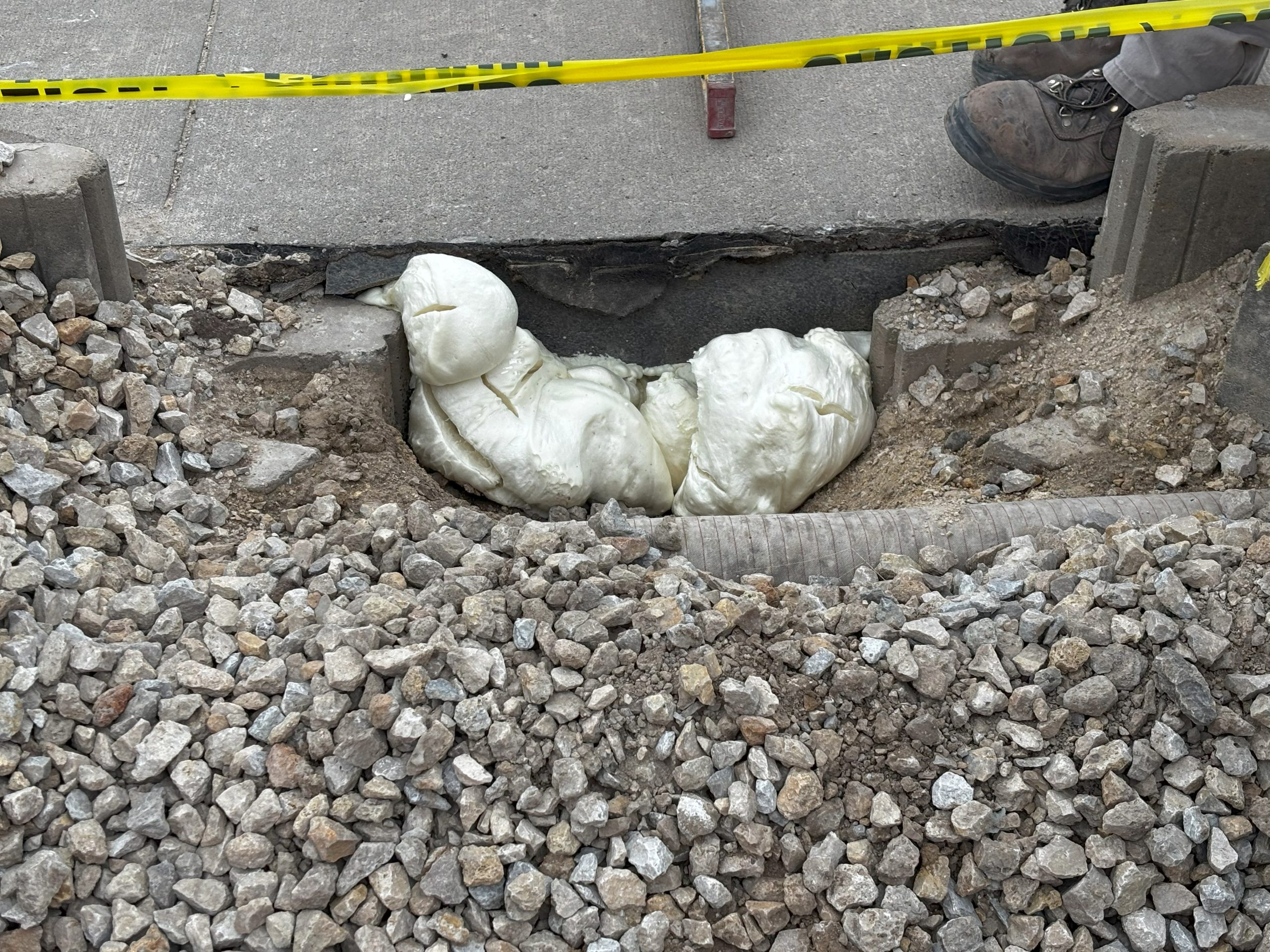Restoring Stability: Johnston County, IA Bike Path Repair
Project Background
Johnston County faced a significant washout beneath a concrete bike path, leading to voids that undermined the subbase. This erosion compromised slab stability and, in several areas, caused fractures—posing both safety risks and structural concerns.
Scope of Work
To address the problem, Concrete PolyFix was brought in to fill voids along approximately 280 linear feet of the bike path, restoring stability and preventing further deterioration.
Challenges
A key challenge in this project was identifying the full extent of the subsurface damage. Because the voids were hidden beneath the concrete, determining their reach required careful observation. By noting clues such as visible washouts, sand accumulation in nearby drainage ditches, gaps between slabs, and water flow patterns across the path, our team was able to accurately assess the problem areas.
Solutions
After a thorough on-site evaluation, Concrete Polyfix determined the most effective solution was to inject polyurethane foam three feet out from the drainage ditch, continuing for the full 280 linear feet of affected path. This approach successfully stabilized the subsurface soils, restored structural integrity, and saved the county thousands of dollars in concrete removal and replacement costs.
Results
Following the injection and stabilization process, the bike path is now fully stabilized, eliminating safety concerns and extending the service life of the pathway.
Conclusion
This project highlights the versatility and efficiency of polyurethane foam solutions. From stabilizing structures and lifting sunken concrete to void filling and soil reinforcement, polyfoam provides a cost-effective and long-lasting alternative to traditional replacement. In this case, void filling and stabilization proved to be the ideal solution to protect and preserve Johnston County’s bike path.

